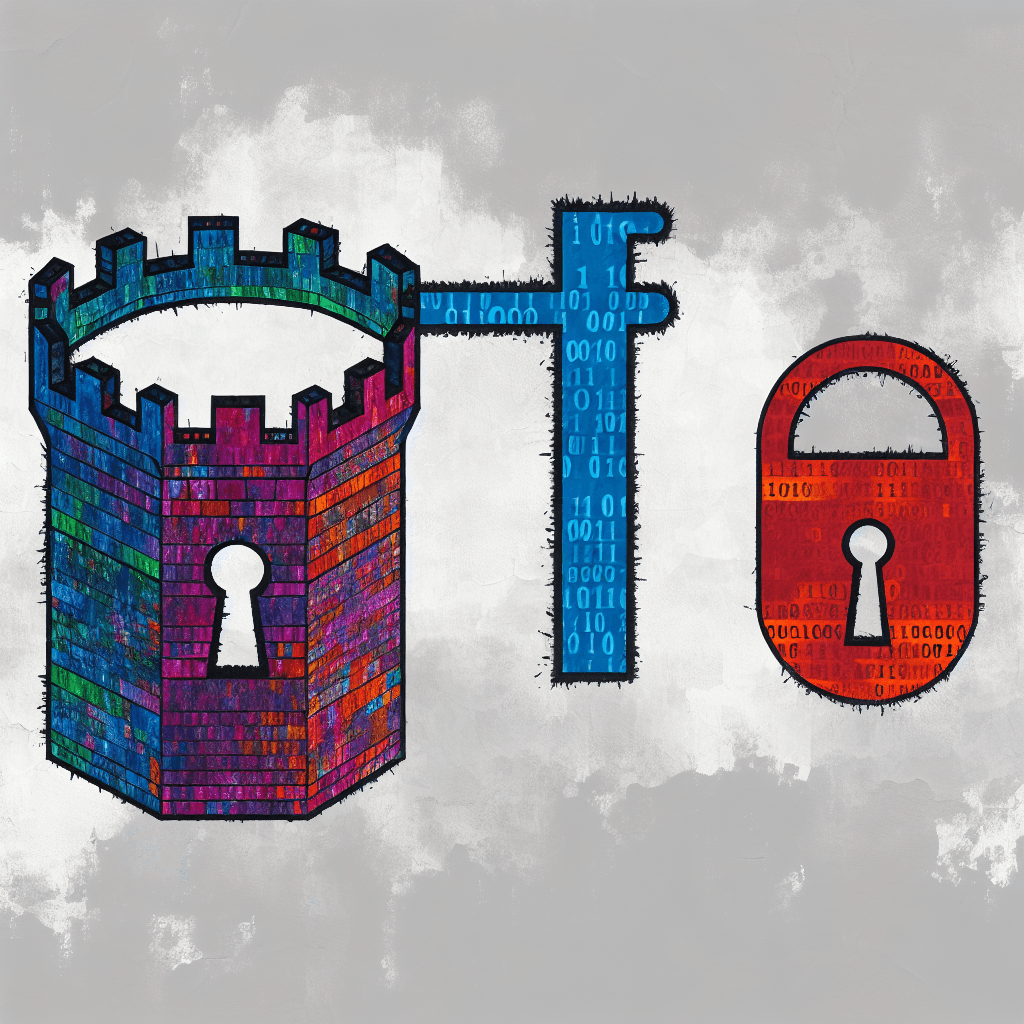Imagine walking into your home and finding a tiny crack in the door frame. Small, easy to ignore, but just big enough for trouble. That crack, in the world of cybersecurity, is like the silent doorway that many organizations overlook. It’s not the obvious hack or the glaring firewall breach. Instead, it’s the quiet, almost invisible theft of credentials—names, passwords, data. These stolen identities become the keys that open the entire house for attackers. Once they slip through that silent crack, they can move deep inside, causing chaos and costing millions.
Credential theft is not just about losing data. It’s about the domino effect it triggers. One stolen password can lead to days of downtime, work getting frozen, and dollars draining away in recovery efforts. Small and mid-sized firms often think they are too small to be targeted. They’re wrong. Cybercriminals know the game well—catch a tiny crack and use it to unlock the door to bigger loot. The lesson? Staying ahead demands proactive defense. It’s not enough to patch your defenses after the attack starts. The best cybersecurity leadership understands that anticipating that silent breach is vital. It’s about your expertise, seeing that small crack before it turns into a breach that costs more than just data.
Why Prevention Outperforms Reaction to Credential Theft
Here is where CISO thought leadership shines. Every day, these leaders work to build shields that anticipate threats—before they find their way in. The reality is, infostealers, those sneaky malware that silently steal sensitive info, are quick. They’re designed to execute fast, take what they need, and vanish like they were never there. And with information security in the age of AI, hackers get smarter. They use AI to craft more convincing phishing or to find those tiny cracks in defenses. Such threats are less about brute strength and more about stealth.
To beat these silent doorway invasions, organizations must adopt a defensive mindset that is proactive—not reactive. Cybersecurity leadership must focus on toxin-proof systems that detect the faintest signs of infiltrations—before damage spreads. This isn’t just about creating rules and installing software. It’s about cultivating a vigilant culture, where every employee understands the quiet risk and acts as a frontline defender. CISO expertise now calls for relentless innovation—blending human intuition with AI-driven security tools to seal off those tiny cracks, close the silent doorways, and keep future breaches at bay.
Risk is unavoidable, but being unprepared—leaving that small crack open—is a choice. Smart security teams know that catching things early keeps businesses afloat. They know that proactive defense isn’t a luxury. It is the backbone of proper information security in this changing landscape, where the cost of silence is measured in stolen identities and shattered trust. Only by leading with foresight can an organization shield itself from the digital predators waiting in those silent doorways.
Mitigating Cyber Risks for Long-Term Stability
The success of an online business hinges on its cybersecurity posture. Learning from the successes and failures of companies that have navigated the digital landscape successfully offers insights into effective strategies for threat prevention, data protection, and resilience in the face of cyber attacks.
Here are some key takeaways:
- Implement multi-factor authentication (MFA).
- Regularly update and patch systems.
- Educate staff on phishing and security best practices.
- Deploy advanced endpoint detection tools.
Each step echoes the principles in “Securing Success in a Digitally Driven World,” emphasizing proactive defenses; highlights from “Navigating Cyber Threats for Sustainable Growth,” which stress continuous vigilance; and aligns with “Building Resilience in the Age of Digital Transformation,” promoting resilience through layered security. These lessons reinforce that vigilance combined with technology fosters enduring security.
From the Author
Recent statistics show a worrying trend in cybersecurity: attacks are becoming more frequent and more severe. This escalating problem underscores the need for a collective approach in the cybersecurity community. Sharing knowledge, resources, and best practices is crucial to staying one step ahead of cybercriminals.
I endeavor to curate stories like this one on my website. This serves a dual purpose: firstly, to provide a valuable reference for my writing endeavors, and secondly, to share insightful narratives with the wider community. If you like this story, you should check out some of the other stories in the Management section or Small Business section.
You can also find more of my Cybersecurity writings here in the Cybersecurity section.
To check the original story Click here
Expand Your Horizons
Stay informed on the latest cybersecurity strategies and tools, check out Google Cybersecurity Certification.







